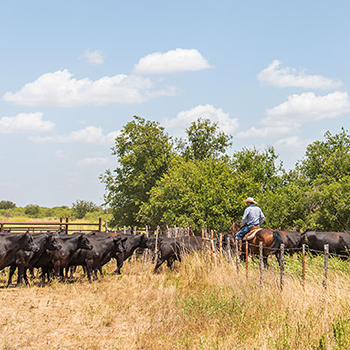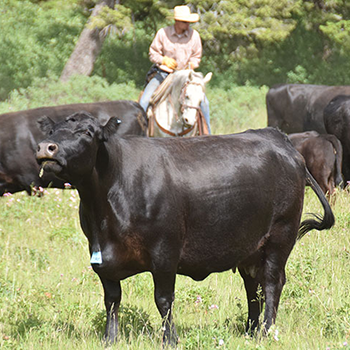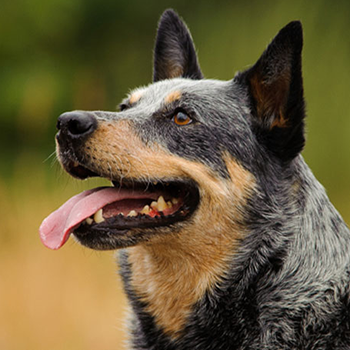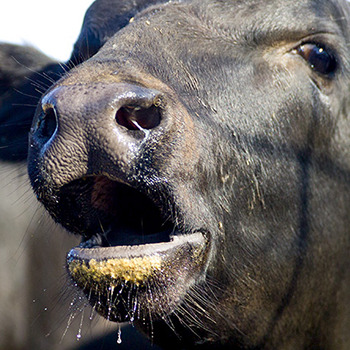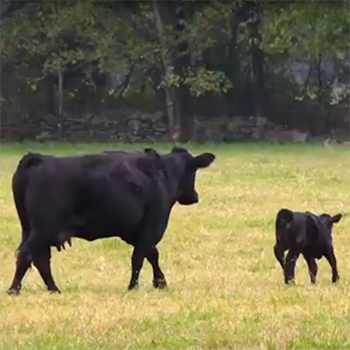

Market Closeout
A big lesson from the fall calf run.
This year’s fall calf run is in full swing, so it is a good time to take a step back and see if the marketplace is sending any clear signals. There are several trends emerging loud and clear in this pandemic-driven market. I think many of these trends are permanent, but none more so than the trend of looking at the value of genetics differently in the marketplace.
We’ve always known nothing affects a calf’s true value more than genetics, but genetic merit has been a difficult one to delineate in the marketplace. Some have labeled the increasing value of genetics and the different way we are assigning value to genetics as a market disruptor or as a major paradigm shift. I prefer calling it the beginning of a genetic revolution!
Major changes have always taken time. The cattle industry is not known for its rapid rate of adoption, because we always must reach a critical mass or tipping point before the market responds by sending appropriate market signals. I believe we are seeing a more rapid change when it comes to genetics, because there was already widespread acceptance of the value of genetics. So much so, that the market was already trying to reward genetics, it just had a hard time of doing that because of a lack of transparency and information flow between the segments. The market had to rely on reputation to assign value and, as a result, value was tied more to a source than to actual genetics. Much like the early days of the seedstock business [prior to expected progeny differences (EPDs)] where producers assigned value to individual programs, and they coupled that with a visual assessment because the anecdotal evidence was the best tool we had. With the advent of national genetic evaluation programs and EPDs, value moved away from a program/source mentality and began to assign value based on factual differences.
Having accurate, validated, easy-to-understand metrics on the genetic merit of feeder cattle that can be easily communicated is now a reality. AngusLinkSM’s Genetic Merit Scorecard® and Scores are, for a lack of a better analogy, the EPDs of the commercial industry. No progressive producer would consider buying a bull without EPDs. In the future, no progressive cattle buyer will buy cattle without a subjective way of measuring genetic merit, either.
That isn’t to say reputation will not continue to play a role. When we decide which bull to buy, we consider the reputation of the breeder, how they were developed, what environment they were raised in, our own operational goals, etc. Similarly, feeders will adjust for reputation, management, nutrition, herd health, marketing windows, weight, condition/fill etc. However, an unmistakable trend from this year’s calf run is that genetics matter more than ever before. They provide an added degree of risk management, marketing flexibility and market access, and they are the foundational component of profitability.
Twenty years ago, documented health began to be rewarded in the marketplace, and early adapters were rewarded. Today it is the industry standard. Genetics will be somewhat different. Early adapters will be rewarded, and genetic documentation will eventually become the standard, but the price differentiation in the marketplace will only continue to increase.
This fall calf run has taught us that now is the time to begin to capture the rewards of genetic-documented feeder calves and to create a benchmark upon which to gauge one’s progress. It will not be a 10- to 20-year transition window like many transformational changes in the past. The next several years will not be about getting a front seat, but rather about not missing the bus altogether. Without question, the thing that excites me the most about seeing this trend develop is that this is the key to allow small to midsize producers to remain competitive with larger operations, and it is our best means to ensure the sustainability of independent operations.
Editor’s note: Troy Marshall is director of commercial industry relations for the American Angus Association. [Lead photo by Max Stewart]


